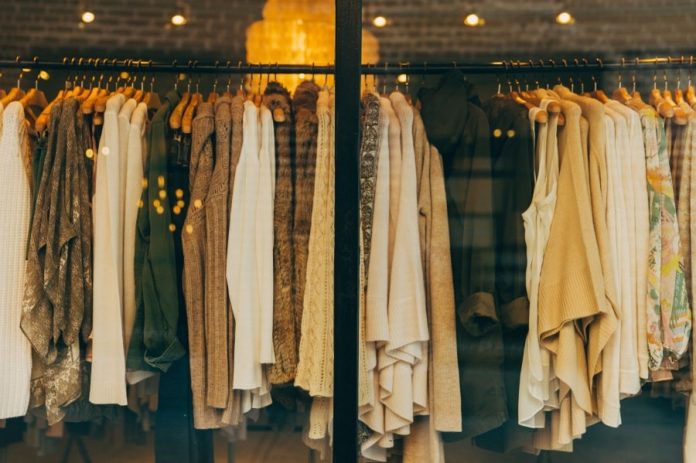In the nineties, before saving the world became a concern in the mainstream, what people consumed and used to create apparel were unimportant. Like other crazes that have emerged in the current century, going green has taken an optimum seat in almost every industry.
Even the fashion industry, which is known for style, sets new trends and incorporates ways to be more eco-friendly. With the growing popularity of new fabric created from bamboo fabric, designers have slowly utilized it in numerous products such as bamboo socks in Australia.
What effort is Australia making for sustainability?
Australia is generally eco-friendly, but aside from this, the government is funding and subsidizing research and development of renewable energy technologies as well as energy-efficient initiatives. The country is aiming for a renewable energy target of at least 50% by 2030. It aims to attain 100% by 2050. It has imposed a moratorium on every coal mine in the country.
Similar to silk
Bamboo fabric is comparable to the texture of silk. Since the fibres are not treated with chemicals, they are naturally smoother with zero sharp spurs that can be irritating to the skin. It makes bamboo fabric hypoallergenic and ideal for those who are experiencing allergic reactions to other fibres such as wool or hemp. On a similar note, bamboo also has antibacterial and antifungal properties. The reason is bamboo possesses a bioagent termed Bamboo Kun, allowing it to optimally flourish and grow in the wild without the utilization of pesticides or fertilizers. This benefit of the plant remains in its textile form and kills all bacteria, and keeps the wearer feeling fresh and odour-free for longer, making the garment healthy as well as hygienic.
Breathable
In contrast to other fabrics, bamboo is highly breathable. The bamboo plant maintains coolness and, like its other properties, is also maintained in its fabric form in products such as bamboo socks in Australia. The cross-section of the bamboo fibre is dotted with micro-gaps which provides optimal moisture absorption and ventilation. Thus, it can keep the wearer almost a couple of degrees cooler in the heat and noticeably warmer during cold weather. Bamboo fabric also has antistatic properties and UV protection since it cuts out nearly 100% of damaging UV rays which provide a wearer another beneficial quality from fabrics made of bamboo.
Washable
Similar to typical garments, bamboo fabric can also be washed. The optimum maintenance of the bamboo fabric should be washed utilizing a gentle cycle with cold or lukewarm water. It is best to avoid machine drying even at low heat as it may result in the garment losing its shape sooner than if it was line dried only. If required, it should be ironed on low heat but never with a steamer.
The most attractive aspect of fabric made of bamboo is that it is the eco-friendliest fabric on the planet. Bamboo is a tropical grass with extensive rooting that grows on average 4 to 6 new shoots per year and naturally replenishes itself. It is also 100% biodegradable. It is the most renewable resource on the planet. It provides an abundance of oxygen, making it a critical element in the balance between oxygen and carbon dioxide in the eco-biome atmosphere.
Australia is a country that knows the critical importance of sustainability issues. It has suffered climate change issues such as bushfires which cause an impact on its atmosphere. As of 2019, environmental issues in Australia are dominated by global warming and climate changes. Drought is also a concern, as well as conservation and water problems.
Fashion-forward
Since bamboo fabric is becoming well-known in the fashion industry, there will be a predictable increase in the growth and demand for more bamboo. It could ultimately lead to an increased amount of photosynthesis and another option to combat greenhouse gases.
Conclusion
It is critical to opt for a fabric that is kind not only to the skin but also to the environment. Because of this, bamboo fabric is the optimum solution. Currently, Australia is one of the most eco-friendly countries in the world. Australian tourism is environmentally friendly and culturally responsible to make positive contributions to its citizens and tourists’ well-being.










